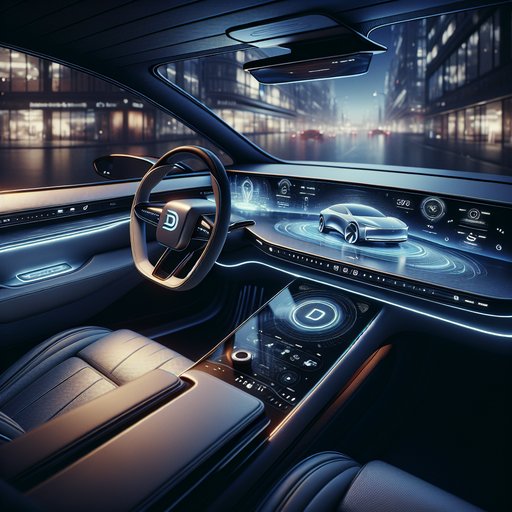
We spent a week with the new 5 Series (including time in an i5) to focus solely on its infotainment, voice control, and connected features. Here’s how BMW’s latest iDrive 8.5 tech holds up in daily use.
Specs first: the 5 Series pairs a 12.3-inch instrument cluster with a 14.9-inch central touchscreen under the Curved Display, running iDrive 8.5 with QuickSelect tiles. Wireless Apple CarPlay and Android Auto are standard, as are over-the-air updates, a cloud-enabled voice assistant, a head-up display (optional), and augmented-reality navigation on the center screen. Connectivity includes a built-in eSIM with 5G capability (market dependent), Wi‑Fi hotspot, Digital Key Plus (UWB) for compatible phones, dual wireless charging, and multiple USB‑C ports. Test conditions: 520 miles over seven days in mixed city/highway driving, with frequent stops to assess wake/boot times and stability.
We paired an iPhone 15 Pro and a Pixel 8 simultaneously, streamed lossless and high‑bitrate media, ran AR navigation downtown, installed one OTA map update (parked), and evaluated the hotspot in areas with middling and strong coverage. Cabin temperatures ranged from 52–86°F to probe thermal management of the charging pad and processor. Performance is strong. From door unlock to a usable home screen averaged 6–8 seconds from sleep, with a full cold boot closer to 20–25 seconds.
Touch response is immediate and animations remain smooth even when running navigation, media streaming, and a phone call concurrently. Wireless CarPlay connected in 7–10 seconds and remained stable during 2+ hour drives; we recorded one brief dropout in a congested downtown garage, after which it auto‑reconnected. AR guidance is clear and timely, especially for multi-lane turns, though it’s limited to the center display. Map recalc after missed turns typically took 1–2 seconds.
Voice control is notably improved. Natural requests like “I’m cold,” “Find DC fast chargers along the route,” or “Play the latest podcast” were understood on the first try about 9 out of 10 times. Climate, seat heating, and navigation inputs execute quickly; media platform switching (e.g., from radio to Spotify via CarPlay) adds a beat of latency. Complex, cloud‑dependent queries slow if cellular signal drops, but basic cabin commands continue to work offline.
Dictation accuracy is high at highway speeds thanks to good microphone beamforming. Ergonomics: the retained iDrive controller is a win for eyes‑off interaction; scrolling lists and panning maps are easier than pure touch. The persistent climate strip reduces menu diving, but target sizes for seat controls are small on bumpy roads. The optional HUD is bright with intuitive turn prompts; the cluster is highly configurable but can bury trip and driver-assist subpages.
The dual wireless charging tray stays cooler than most; it held 15W in our tests without thermal throttling. The hotspot delivered 35–80 Mbps in strong coverage; passengers streamed video without buffering. Bluetooth supports multipoint; call handoff between phones worked cleanly. Overall, BMW’s latest iDrive feels polished, quick, and well-integrated with phones.
It beats Tesla on phone mirroring and traditional ergonomics, and rivals Mercedes on speed while avoiding app-store gimmicks. If you live in CarPlay/Android Auto, it’s excellent; if you prefer native, BMW’s navigation and voice are now good enough to trust daily. Our only asks: larger on-screen climate targets and AR prompts in the HUD. As specced, it’s a top-tier infotainment suite worth prioritizing on the options sheet.












